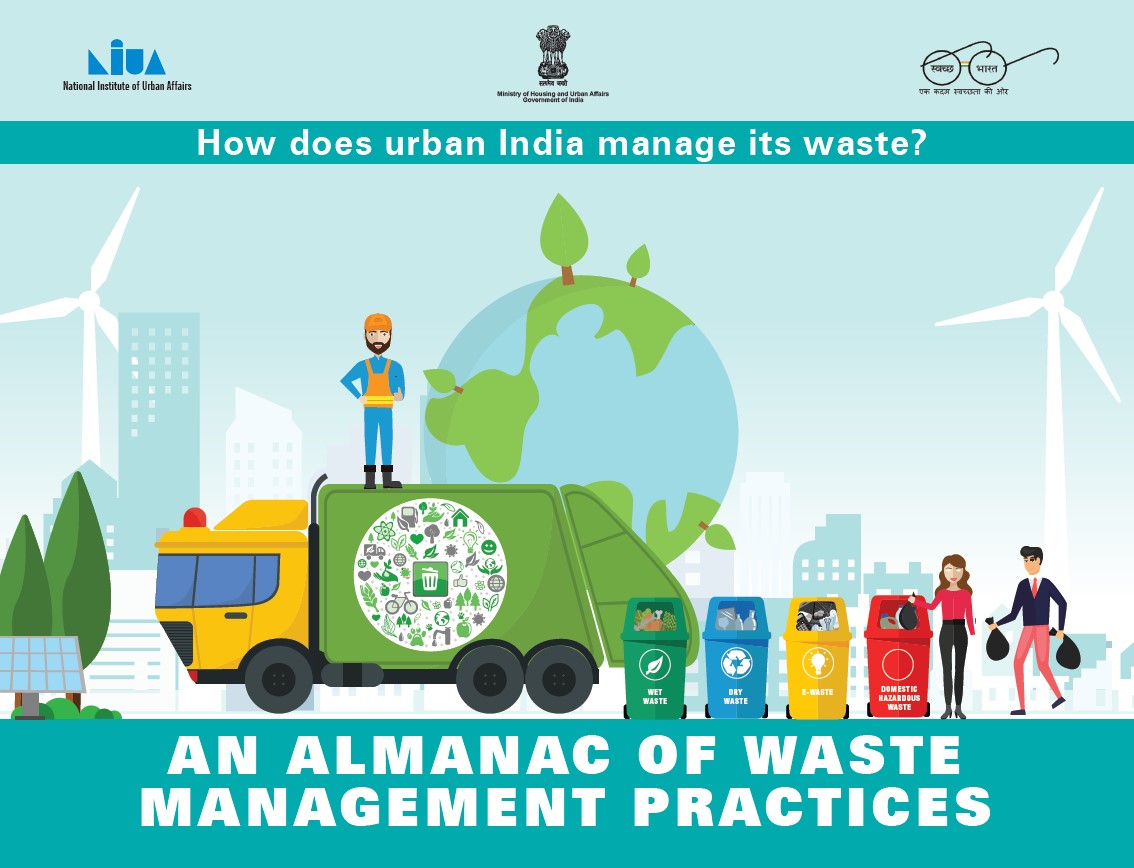Sanitation
The domain of Sanitation includes personal hygiene, home sanitation, clean water, waste disposal, and waste management system as per the National Sanitation Policy, 2008. The right to sanitation as a constitutional right (CAA, 2019) casts a duty upon the government to make policies and schemes to provide facilities to everyone. The proportion of Indian households with access to improved water sources increased from 68% in 1992-93 to 89.9% in 2015-16. However, in 2015-16, 63.3% of rural households and 19.7% of urban households were not using improved sanitation facilities. According to the World Bank, more than 520 million in India were defecating in the open – the highest number in the world (UN 2020).
The innovation in sanitation started 10,000 years ago when mankind adopted an agrarian way of life, until then disposal was managed through holes in the ground (Lofrano 2010). Innovations in the field currently aim at sanitation facilities to everyone that are safe, socially and culturally acceptable, secure, hygienic, physically accessible, and affordable (Majhi 2018). With many recent government programs like Swachh Bharat Abhiyan addressing issues of Water, Sanitation, and Hygiene (WASH), the National Rural Drinking Water Programme (NRDWP), and Namami Gange the scenario will be addressed with innovations in the domain of Sanitation.
Sanitation has innovations at three major levels namely, the national level, the district level, and the community level. The innovations at the national and the state level are mostly at the policy level which strengthens the city and the communities to come up with effective on-ground approaches. There have been many innovations in the domain of sanitation across India since 2000, the key ones include; community-led total sanitation, demand-driven rural water supply, PPP to improve continuity of urban water supply, and microcredit to women to improve access to water.
In 1999, with India’s Total Sanitation Campain by the Ministry of Rural Development undertook innovation in the form of Information, Education and Communication (IEC) where school sanitation and hygiene education was the thrust with building up of community sanitary complexes, Anganwadi toilets, supported by Rural Sanitary Marts (RSMs). With the Nirmal Gram Puruskar Yojana, 2003, financial incentives were introduced in the form of cash rewards for individuals and institutions who have substantially contributed towards sanitation in their area of operation. In 2005, with the National Urban Sanitation Policy, there was a shift towards infrastructure as well as behavioral change, and all states developed their sanitation strategies in synergy with the national guidelines making it community-owned and decentralized with an inter-sectoral convergence (WPS 2013). For instance, NGOs like the Ecosan Services Foundation (ESF), Pune has devised Urine Diverting Dehydration toilets, Decentralised treatment system, Water Saving Urinal technology in order to reduce the water dependency of conventional water-centric systems. In recent times with the National Policy on Faecal Sludge and septate management 2017, a Sanitation benchmark framework has been developed for the ULB’s which includes generating a database, registry of certified on-site sanitation systems, and a robust reporting format that can help achieve integrated citywide sanitation along with disposal.















